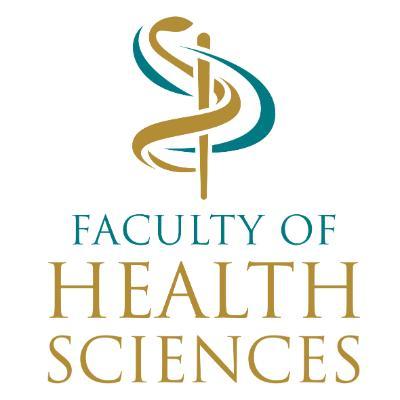Wits Researchers Impact the International HIV Cure and Functional Cure Agenda
- LR
Wits clinician, Dr Avy Violari, F.C.Paed, reported a functional cure case today at the 9th IAS Conference on HIV Science in Paris, France.
Wits researchers reported today that a nine-year-old South African child who was diagnosed with HIV-1 infection at one month of age and received antiretroviral treatment (ART) during infancy has suppressed the virus without anti-HIV drugs for eight and a half years. Wits clinician, Dr Avy Violari, F.C.Paed, reported the case today at the 9th IAS Conference on HIV Science in Paris, France. Wits researcher, Professor Caroline Tiemessen led the key laboratory investigations and is the senior author on the paper.
Worldwide, this case appears to be the third reported instance of sustained HIV-1 remission in a child after early, limited ART. The first case, the “Mississippi Baby,” born with HIV-1 in 2010, received ART beginning 30 hours after birth, stopped therapy around 18 months of age, and controlled the virus without drugs for 27 months before it reappeared in her blood. The second case reported in 2015, described a French child who was born with HIV-1 in 1996, started ART 3 months after birth, stopped treatment sometime between ages 5.5 and 7 years, and continued to control the virus without drugs more than 11 years later.
The South African child whose case was reported today was definitively diagnosed as HIV-1 positive during 2007 at 32 days of age, and was then enrolled on the the NIAID-funded Children with HIV Early Antiretroviral Therapy (CHER) clinical trial. The NIAID provided funding for the CHER trial as part of a Comprehensive International Program for Research on AIDS–South Africa grant. HIV-1 infected infants in the trial were assigned at random to receive one of three treatments - either deferred ART, or early limited ART for 40 or 96 weeks. The current child was assigned to receive early ART (AZT, 3TC, Lopinavir/ritonavir) for 40 weeks.
Before starting ART, the child had very high viral loads, but at about 9 weeks of age, the ART suppressed the virus to undetectable levels. Investigators halted treatment after 40 weeks as per the trial randomization. They closely monitored the infant’s immune health and the child has remained in good health during years of follow-up examinations. Although it was not standard practice in South Africa to monitor viral load in people who were not on ART, recent analyses of stored blood samples taken during follow-up visits showed that the child has maintained undetectable levels of HIV-1 since treatment interruption.
When the child was 9 and a half years old, investigators conducted thorough laboratory and clinical studies to assess the child’s immune health and the presence of HIV-1. They detected a viral reservoir that had integrated into a tiny proportion of immune cells (calculated DNA reservoir size ≈ 5 copies/1 x 106 PBMCs), but otherwise found no evidence of HIV-1 infection. The child had a healthy level of key immune cells, a viral load that was undetectable by the routine laboratory diagnostic assays, and no symptoms of HIV-1 infection. They detected a trace of immune system response to the virus (weak HIV-specific antibodies, weak Gag-specific CD4 T cell response, no CD8 T cell response), but found no replication competent HIV-1. The scientists also confirmed that the child does not have genetic characteristics that have previously been associated with spontaneous control of HIV-1 in adults, suggesting that the 40 weeks of ART provided during infancy may have been key to achieving HIV-1 remission in this case.
Dr Avy Violari (who co-led the CHER trial with Dr Mark Cotton), is head of pediatric research at the Perinatal HIV Research Unit in the Faculty of Health Sciences. Professor Caroline Tiemessen is a Wits NRF/DST Research Chair in HIV Vaccine translational research in the Faculty of Health Sciences, and head of cell biology at the Centre of HIV and STIs of the National Institute of Communicable Diseases (NICD) in Johannesburg.

